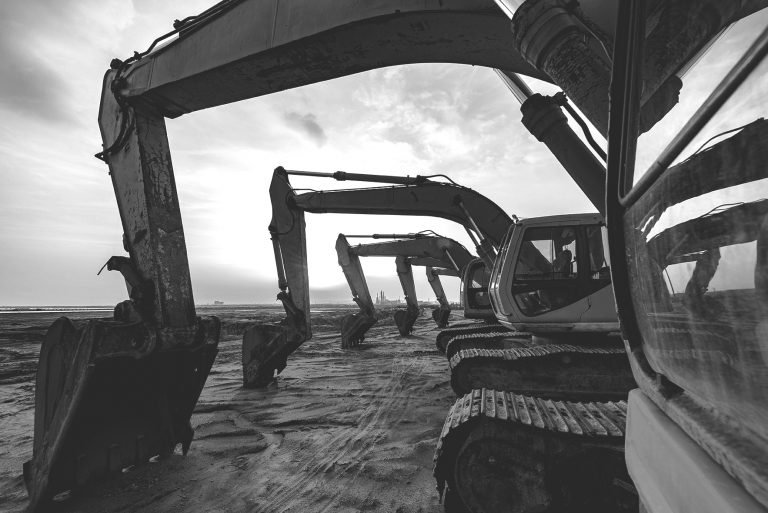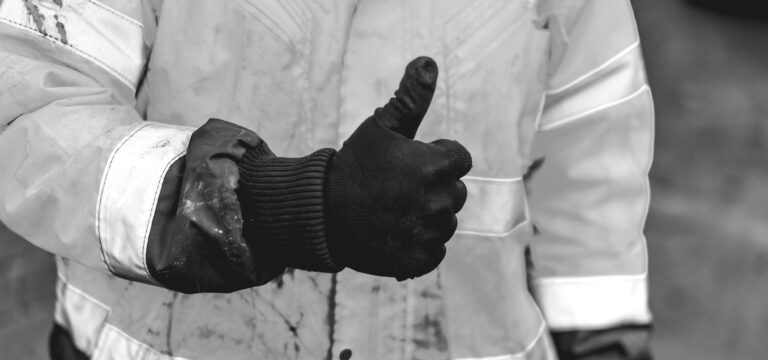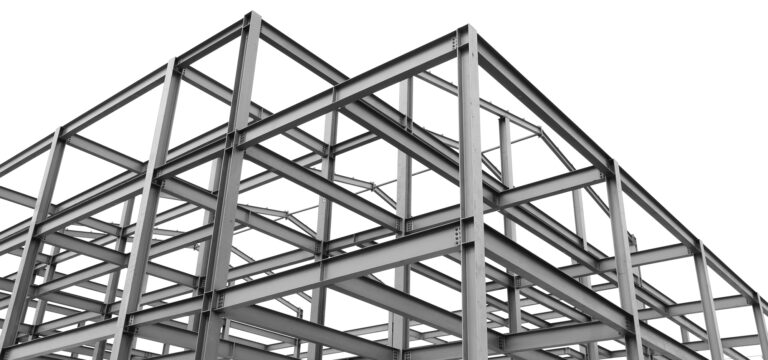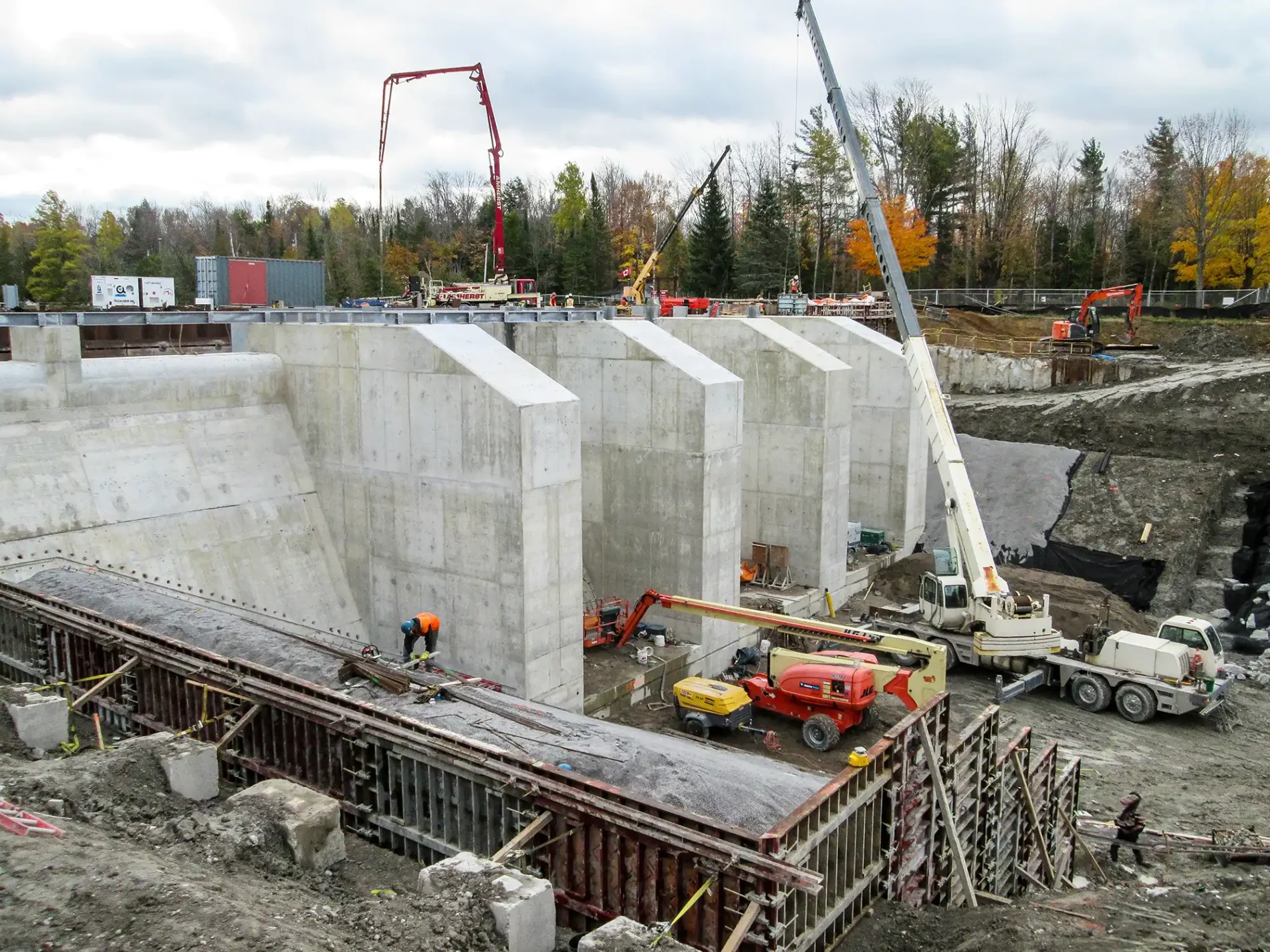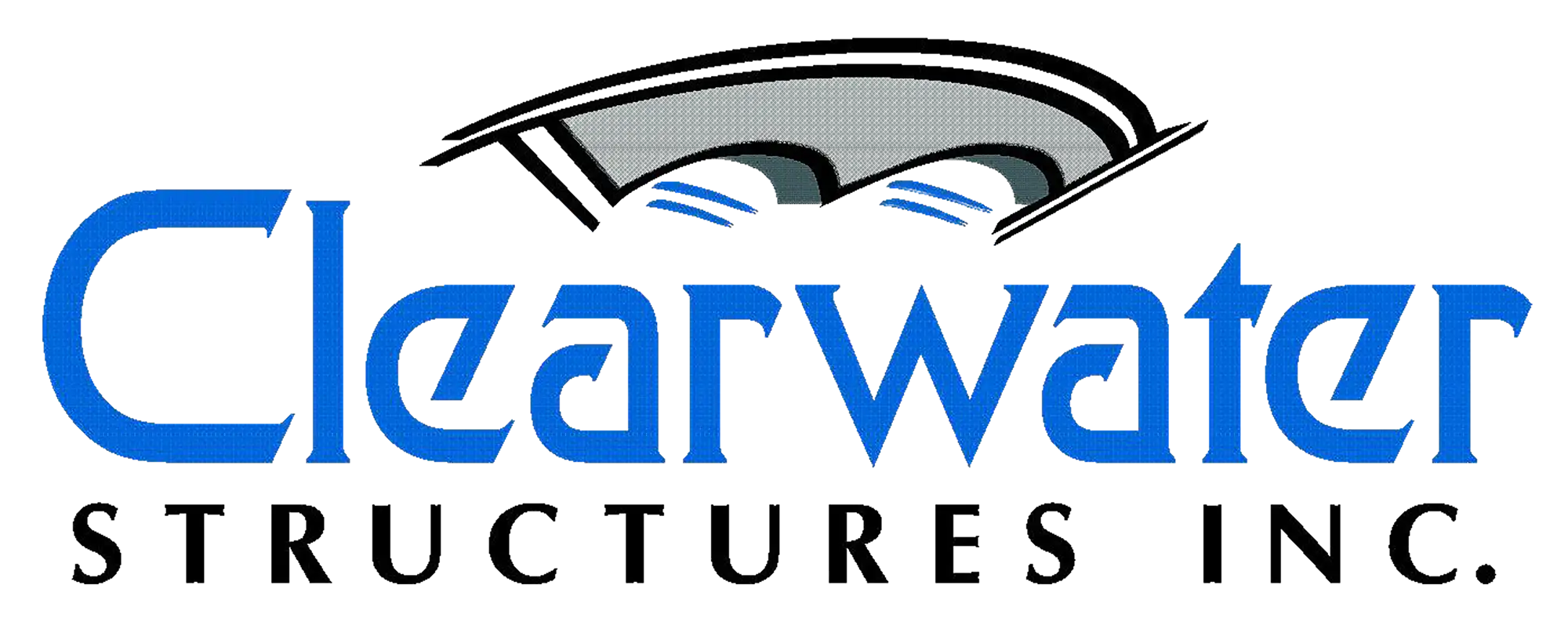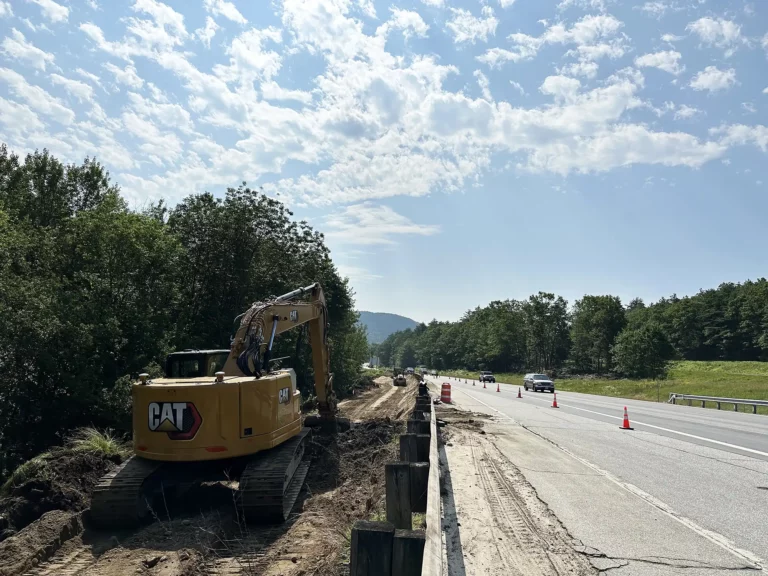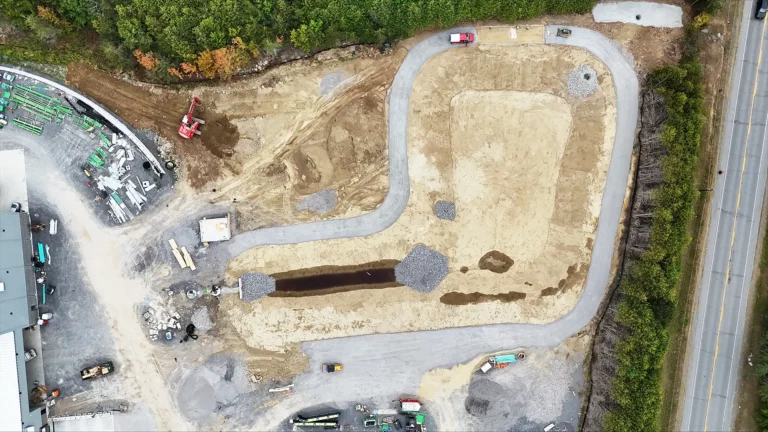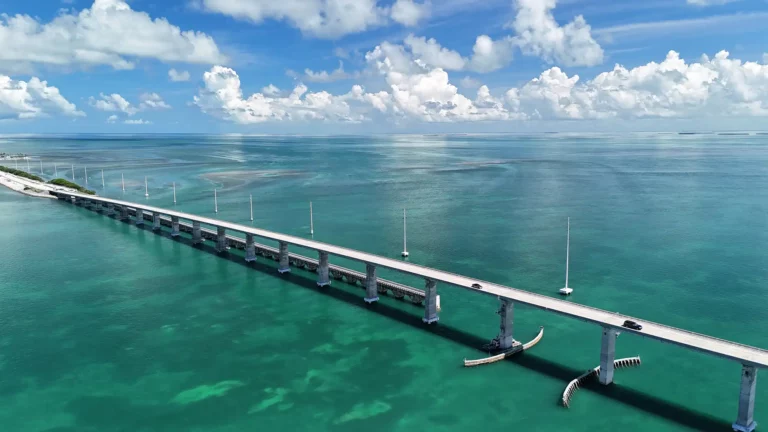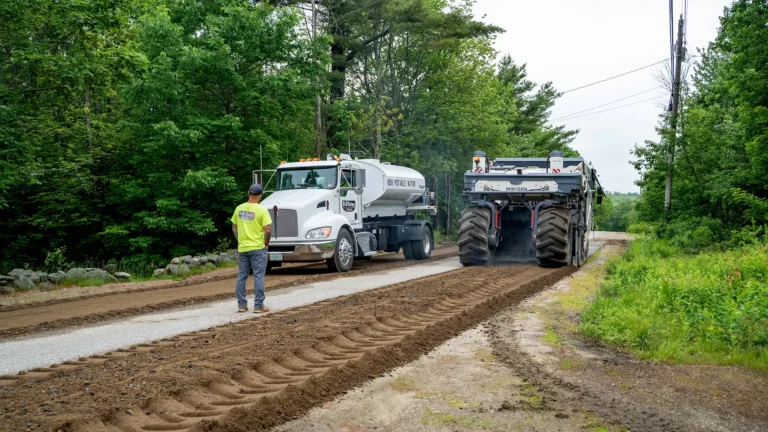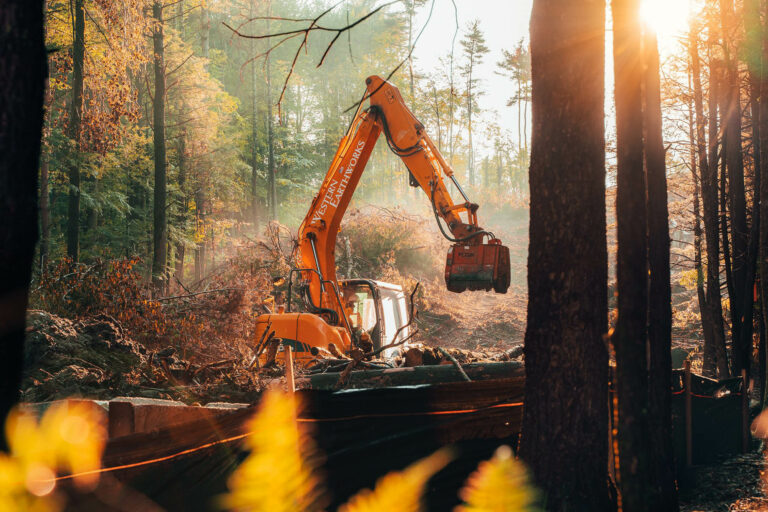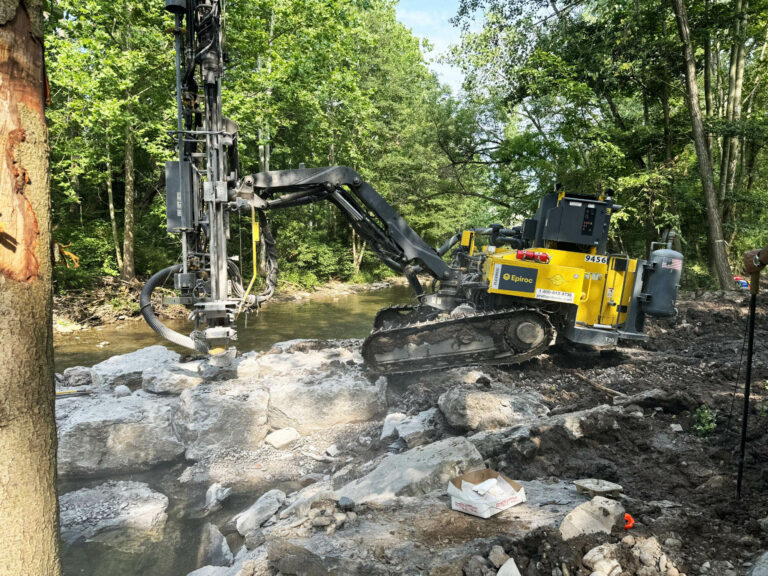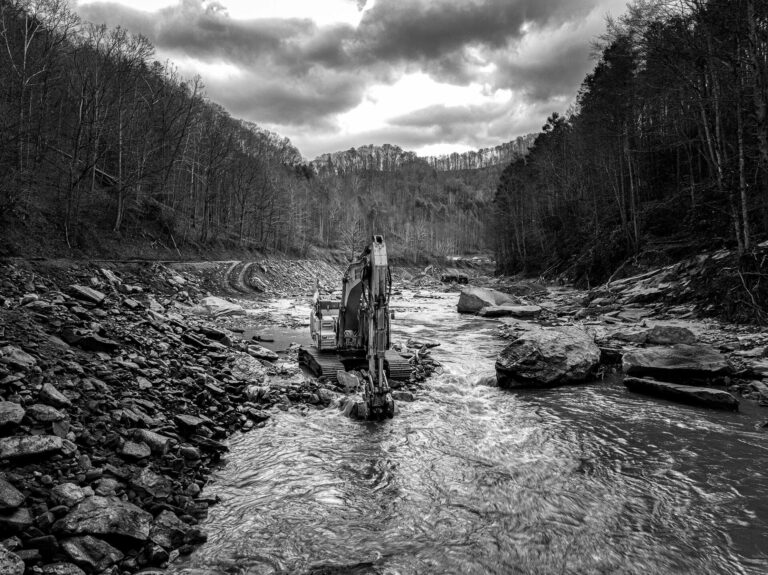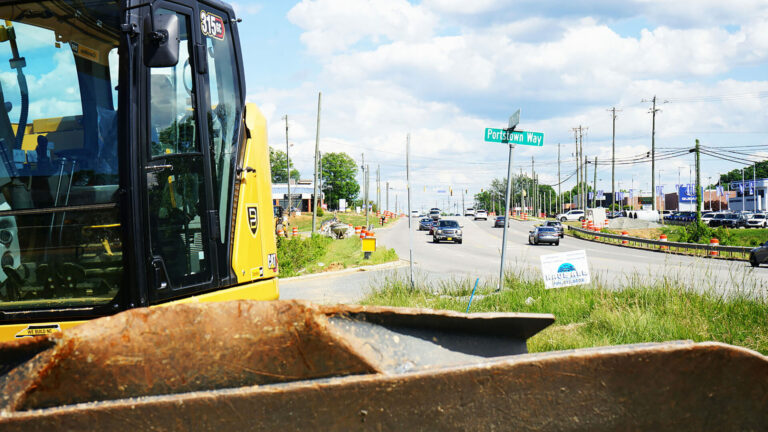For twenty years, Clearwater Structures Inc. has stood at the forefront of Canada’s heavy civil construction industry—building, repairing, and reimagining the country’s bridges and infrastructure. From its beginnings as a modest regional contractor, the company has grown into a national leader with more than 300 employees, a reputation for technical precision, and a deep commitment to community engagement.

Founded in 2005 by Mike Ciceri, Clearwater Structures began as a bridge builder focused on rehabilitation and new construction. “Over the years, we’ve done other miscellaneous things, when the markets allow,” explains Mark Philpott, General Manager and one of the company’s owners. Today, Clearwater remains firmly rooted in its structural expertise but has expanded into complementary fields that strengthen its position as a full-service contractor.
Alongside Clearwater Structures, management oversees two sister companies: Clearwater Municipal Services, a trenchless sewer rehabilitation company, and The Ganawa Company Ltd., a steel fabrication shop. Together, they provide a seamless pipeline of capabilities—from steel fabrication and hydraulic bridge jacking to municipal infrastructure work. “That’s part of the specialty work,” says Mark. “We figure out how to lift the ends of bridges so you can rehabilitate the abutments and change bearings, that kind of stuff.”
Clearwater also takes on project management for larger jobs requiring coordination across multiple disciplines. Seasonal highway and bridge rehabilitation projects, trenchless sewer lining, and CIPP lining—a process that secures a fold and form liner inside existing pipelines—are all part of its expanding portfolio. The company even performs lateral lining for the City of Toronto, a contract it has held for seven years.
The in-house steel fabrication arm, Ganawa, produces custom bridge rails, expansion joints, and other components essential to both internal and client projects. Established in 1992, Ganawa laid the groundwork for Clearwater’s future in heavy civil work before transitioning to general contracting in 2005.
In the two decades since, Clearwater Structures has seen extraordinary growth—rising from just 30 employees in 2005 to more than 300 by 2024. The company’s trenchless division, launched in 2018, was developed in response to market shifts. “We had been doing some of that work with Clearwater Structures to develop the marketplace, but some of the competitors had left the market,” Mark explains. “We jumped into that, and we’ve grown that over the last eight years with new, bigger safety initiatives and more employees there.”
That ability to adapt has become one of Clearwater’s defining characteristics. From a small regional contractor to one of Canada’s largest and most respected infrastructure firms, the company now operates across the province, with crews stationed in Southwestern Ontario, the GTA, Belleville, Ottawa, and Huntsville. As General Superintendent Ross Porter puts it, “The growth throughout Ontario, the fact that we are now not just servicing one location, along with the mobility of our crews and specialty work, has been great. We’re able to go outside our traditional areas if there’s a specialty job.”
That mobility has taken Clearwater far beyond its original base. In 2018, the company expanded into Atlantic Canada, establishing Complete Concrete Solutions, in which Clearwater holds an 80% ownership stake. “I’m from Newfoundland, so for me it was a really important moment in my life when I got to go home and do work back in my own province,” Mark says. “We started that in 2018.”
Equally significant has been the company’s work within Indigenous markets. Clearwater recently launched an Indigenous-owned company in which Mark is the majority shareholder. “We’re looking to grow our relationships with customers, but then also try to engage the Indigenous community here and offer opportunities that maybe they don’t have,” he explains. “We can provide more Indigenous subcontractors and more Indigenous employees if we can find people that are right for the jobs.”
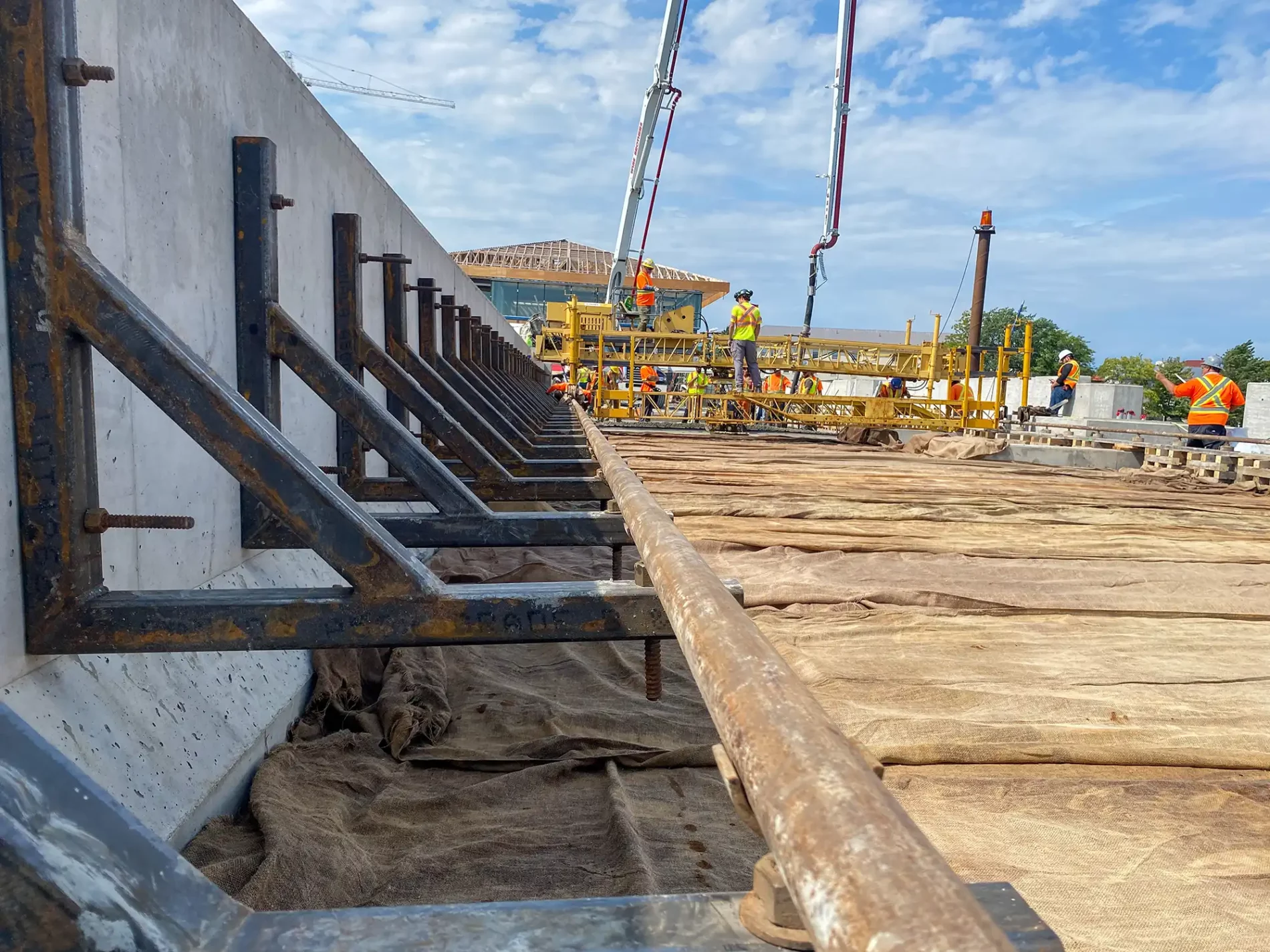
For Mark, this initiative carries personal meaning. Having formally recognized his Indigenous status in 2023, he has made it a priority to reconnect with and support his community. “It will let me do better for us, but at the same time do better for them,” he reflects. “I’m recognizing my heritage, and historically, in some places here, that’s been an undervalued community. It’s important to recognize their contribution to our culture and incorporate it into our work.”
“I’m recognizing my heritage, and historically, in some places here, that’s been an undervalued community. It’s important to recognize their contribution to our culture and incorporate it into our work.”
The company’s growth is reflected not only in its workforce and geographic reach but also in its infrastructure. In 2024, Clearwater moved into a new 36,000-square-foot head office, designed to accommodate its expanding operations and serve as a hub for project coordination, training, and management.
Among the company’s many milestones are several high-profile projects that have showcased its technical expertise. One standout is the Thorold Tunnel rehabilitation, where Clearwater handled all engineering, development, drawings, and fabrication in-house. The work involved replacing panels under strict lane closures, requiring meticulous planning and precision. “There were very time-sensitive aspects of the work,” Ross explains. “It involved developing and building a specialty lift table to move the slab into place with the work zone constraints that were placed on the contract. We did that in-house, and it worked quite well.”
Another highlight was the Highway 401 Eastbound Collector rehabilitation, the largest contract in company history at the time. “It was a step up in scope and volume,” Ross recalls. “We took that on and successfully completed the project on time—and within that, we were able to, with our own crews, do work that was outside our traditional scope, such as fast-track work or road-based repairs. It allowed us to be a more diverse contractor and bid on other work down the road.”
Current work on the Highway 400 North of Orillia is another example of the company’s ability to deliver ahead of expectations. The project, expected to wrap at the end of October, is completing a full year ahead of schedule. Through collaboration with the Ministry of Transportation, Clearwater implemented a change proposal that resulted in cost savings for the province, a reflection of both its technical expertise and its client-first mindset.
As Clearwater marks its 20th anniversary, the company’s focus remains on controlled, sustainable growth. “We’ve grown in volume by more than 20% in the last couple of years,” Mark notes. “Now we’re looking to stabilize growth, administrative processes, and continue to put our best foot forward. We want to catch up to growth in the field so that we continue to be one of the premier contractors in the province.”
Part of that forward strategy includes diversification into new sectors. The company has recently been approved to work for Ontario Power Generation, marking its entry into supporting the energy sector. “We want to maintain the volume with the MTO and all the other clients that we have,” Mark says, “but now we’re looking to diversify a little more. I’m trying to get approved to work in the nuclear industry, and then we’re also looking at work in the defense sector because the government budgets in that sector are going to grow rapidly in the next few years.”
For Ross Porter, Clearwater’s success is built on people. “When we first were growing as a company, the individuals that we were able to bring in have grown with the company, and they’ve moved from coordinators or other positions and taken on more senior roles,” he says. “Most of our senior management have been promoted from within, and as the company is growing, so are they. We take pride in the amount of retention that we’ve had with our employees and the long-term relationships we’ve built with them.”
Mark agrees, pointing to the many team members who began their careers at Clearwater and have stayed for more than a decade. “There are a number of examples I could give of people who began their career with us or came to us very early in their career that have developed and stayed,” he says. That loyalty, combined with ambition and adaptability, continues to power Clearwater Structures as it builds the bridges—literal and figurative—that connect Canada’s future.




